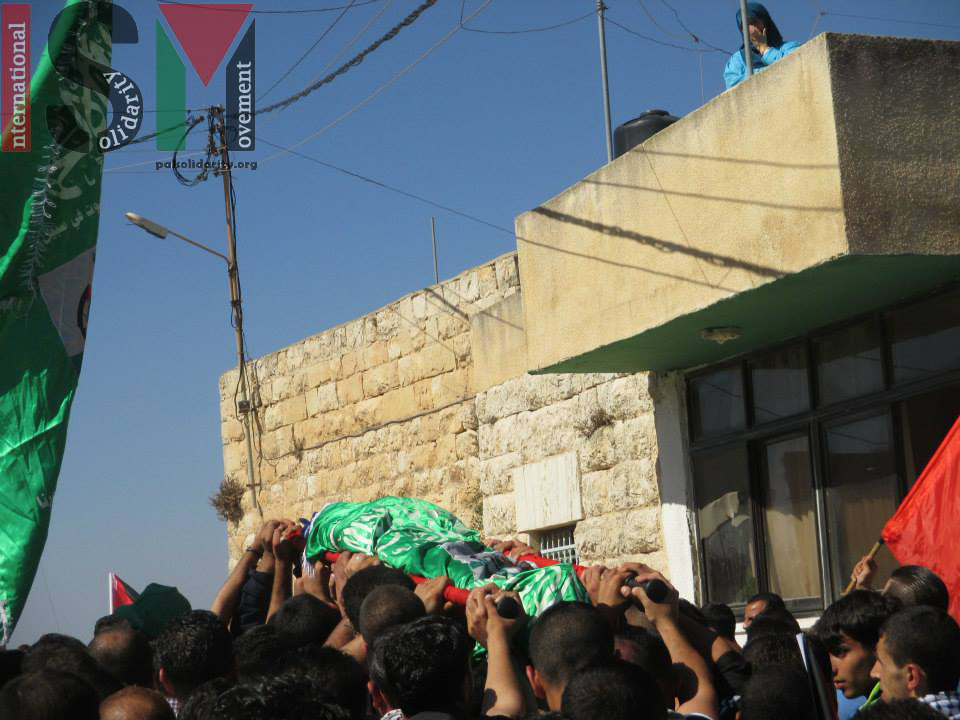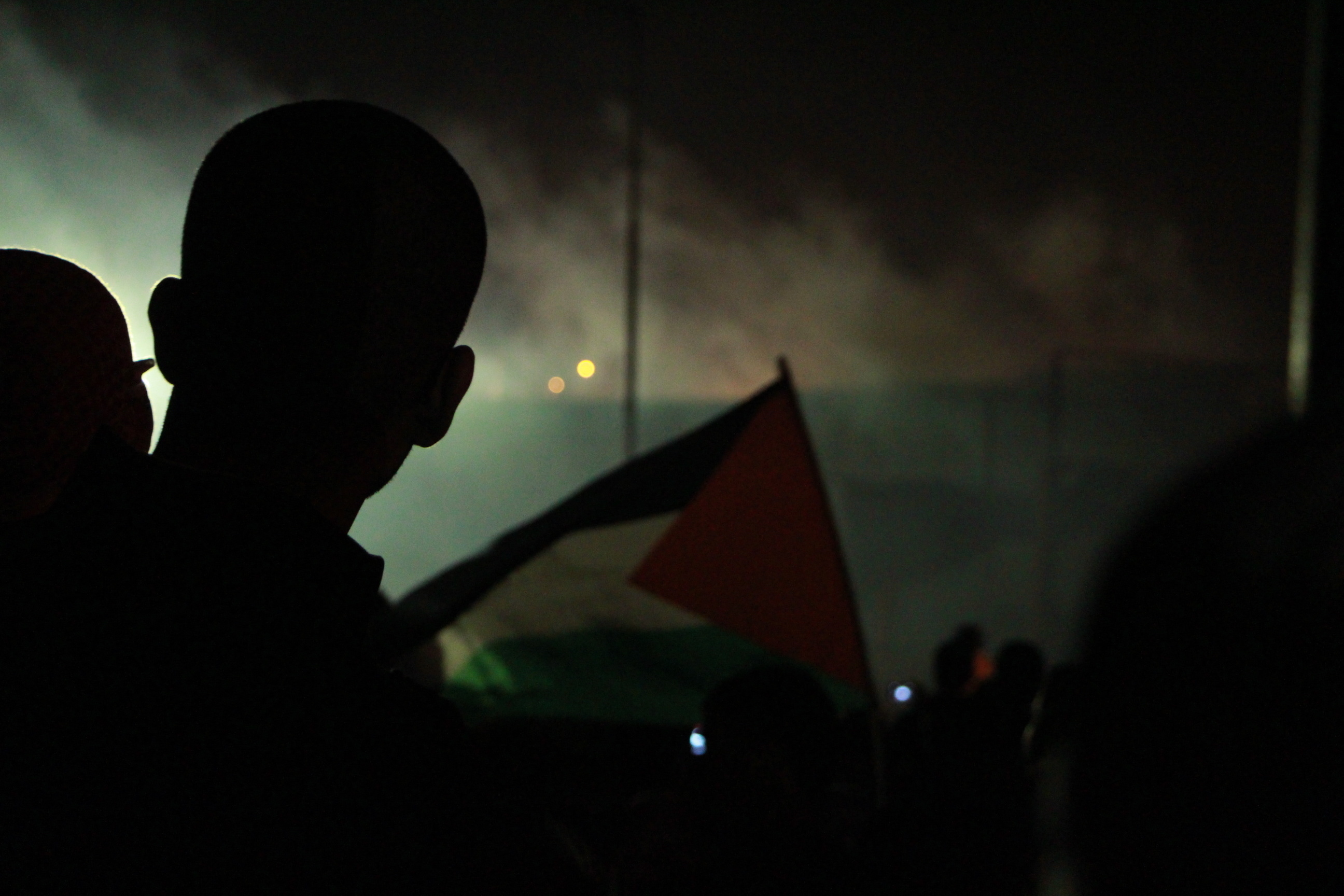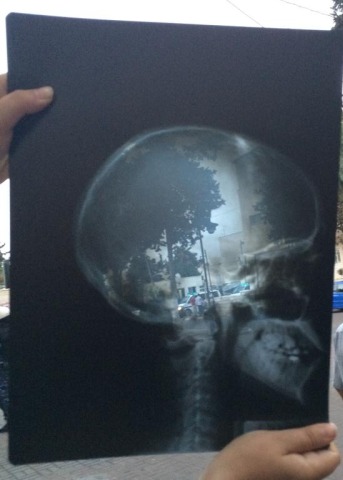Tag: Ramallah
-
Clahes after funeral for murdered Orwa Hammad
27th October 2014 | International Solidarity Movement, Ramallah team | Silwad, Occupied Palestine Yesterday a funeral was held for 14-year-old Orwa Abd al-Hadi Hammad, shot dead by the Israeli military on Friday, in the small village of Silwad close to Ramallah. Orwa was shot dead by Israeli forces on Friday, during a demonstration at the edge of the small village of…
-
Walking to Qalandia
25th July 2014 | International Solidarity Movement | Qalandia, Occupied Palestine We began walking in a crowd, full of men, women, and children. I couldn’t began to estimate how many people were gathered, at least 10,000. The mood was cheerful, people were singing, clapping, holding banners, and waving many Palestinian flags. Cars were driving alongside us…
-
One Palestinian killed and over 25 injured as Israeli military invade Ramallah
22nd June 2014 | International Solidarity Movement| Ramallah, Occupied Palestine In the early hours of the morning, the Israeli military invaded the Ramallah district of the West Bank; at least 25 people were injured, mostly from the many rubber-coated steel bullets fired by the soldiers. One youth was shot with live ammunition in the head. Mahmoud Atalla…



